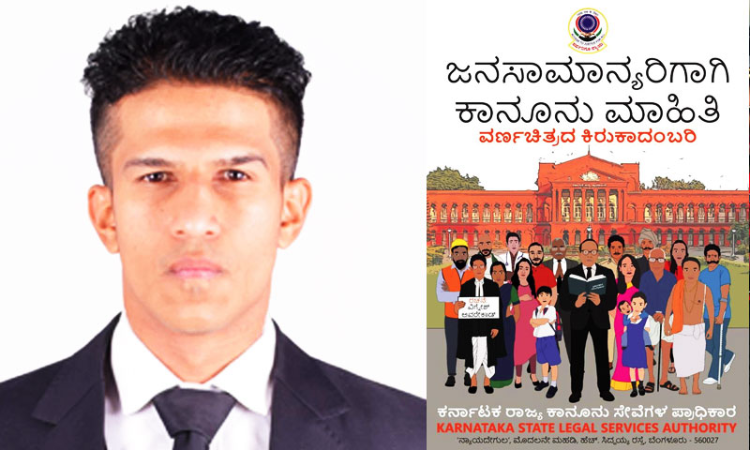How A Footballer Turned Lawyer Created A Graphic Novel For Legal Awareness?
Radhika Roy
18 Feb 2020 4:21 PM IST

Next Story
18 Feb 2020 4:21 PM IST
For 24-year-old football coach and legal consultant, Vignesh Avarekad, an unfortunate break from his football career nudged him into unknown territories, wherein he endeavored to reach the masses in his own special way – with a brightly coloured graphic novel. "Janasamanya Kanoonu Mahiti – Varnachitrada Kirukadambari" is a "gonzo" graphic novel, published by the Karnataka State...
